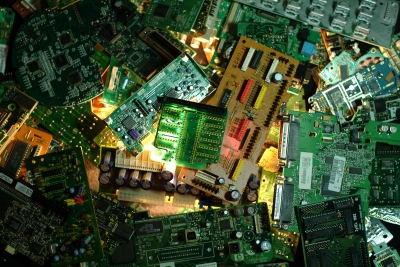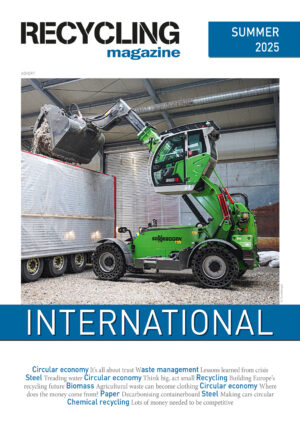The Global E-waste Monitor 2017 is a collaborative effort of the United Nations University (UNU), represented through its Sustainable Cycles (SCYCLE) Programme hosted by UNU’s Vice-Rectorate in Europe, the International Telecommunication Union (ITU), and the International Solid Waste Association (ISWA).
“We live in a time of transition to a more digital world, where automation, sensors and artificial intelligence are transforming all the industries, our daily lives and our societies. E-waste is the most emblematic by-product of this transition and everything shows that it will continue to grow at unprecedented rates” says ISWA President Antonis Mavropoulos.
“Finding the proper solutions for e-waste management is a measure of our ability to utilise the technological advances to stimulate a wasteless future and to make circular economy a reality for this complex waste stream that contains valuable resources.” Mr Mavropoulos concluded.
In 2016 the world generated e-waste — everything from end-of-life refrigerators and television sets to solar panels, mobile phones and computers — equal in weight to almost nine Great Pyramids of Giza, 4,500 Eiffel Towers, or 1.23 million fully loaded 18-wheel 40-ton trucks, enough to form a line 28,160 km long, the distance from New York to Bangkok and back.
Experts foresee a further 17% increase — to 52.2 million metric tonnes of e-waste by 2021, — the fastest growing part of the world’s domestic waste stream.
Only 20% of 2016’s e-waste is documented to have been collected and recycled despite rich deposits of gold, silver, copper, platinum, palladium and other high value recoverable materials. The conservatively estimated value of recoverable materials in last year’s e-waste was US $55 billion, which is more than the 2016 Gross Domestic Product of most countries in the world.
About 4% of 2016’s e-waste is known to have been thrown into landfills; 76% or 34.1 Mt likely ended up incinerated, in landfills, recycled in informal (backyard) operations or remain stored in our households. On a per capita basis, the report shows a rising trend as well. Falling prices now make electronic and electrical devices affordable for most people worldwide while encouraging early equipment replacement or new acquisitions in wealthier countries.
As a result, the average worldwide per capita e-waste generated was 6.1 kilograms, up 5% from 5.8 kg in 2014.
The highest per capita e-waste generators (at 17.3 kilograms per inhabitant) were Australia, New Zealand and the other the nations of Oceania, with only 6% formally collected and recycled.
Europe (including Russia) is the second largest generator of e-waste per inhabitant with an average of 16.6 kg per inhabitant. However, Europe has the highest collection rate (35%).
The Americas generates 11.6 kg per inhabitant and collects only 17%, comparable to the collection rate in Asia (15%). However, at 4.2 kg per inhabitant, Asia generates only about one third of America’s e-waste per capita. Africa, meanwhile, generates 1.9 kg per inhabitant, with little information available on its collection rate.











